Targeting Crappie in the Southeast During Early Spring
As winter’s grip loosens and temperatures begin to rise, an exciting opportunity emerges for anglers across the southeastern United States. Early spring represents prime time for crappie fishing, when these popular panfish become more active and accessible as they prepare for their annual spawning ritual. With their delicate white flesh and eager feeding patterns during this season, crappie (both black and white varieties) attract countless anglers to southeastern waters each year. This transitional period between winter’s chill and summer’s heat offers unique advantages for those who understand the patterns and preferences of these speckled gamefish. Let’s explore the strategies, locations, and techniques that can help you maximize your crappie success during this productive spring window.
Understanding Early Spring Crappie Behavior
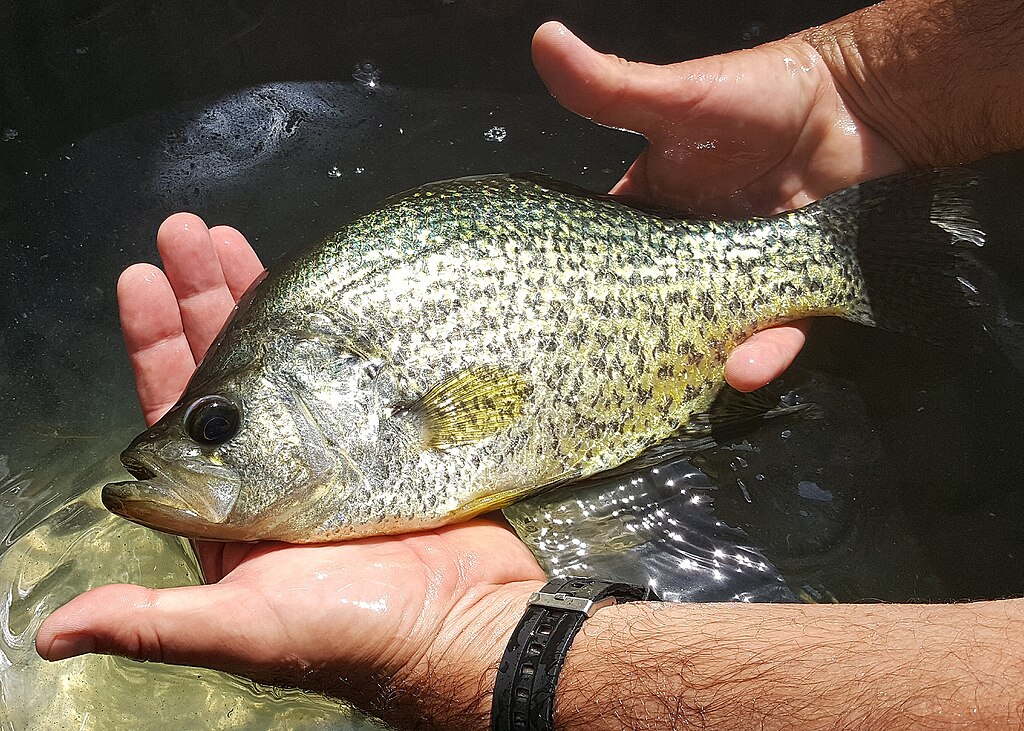
Early spring crappie fishing is fundamentally about understanding how these fish respond to changing water temperatures. As surface temperatures climb into the 50s and 60s (Fahrenheit), crappie begin their gradual migration from deeper winter holdouts toward shallow spawning areas. This migration doesn’t happen overnight – it’s a deliberate process that varies depending on the specific waterbody, weather patterns, and even moon phases. During this pre-spawn period, crappie often suspend at mid-depths near structure that provides access to both deeper water and potential spawning areas. Their metabolism increases with the warming water, making them more active and willing to chase bait than during winter’s coldest days. This heightened activity creates a perfect opportunity for anglers who can identify these transitional patterns.
Identifying Prime Southeastern Crappie Waters
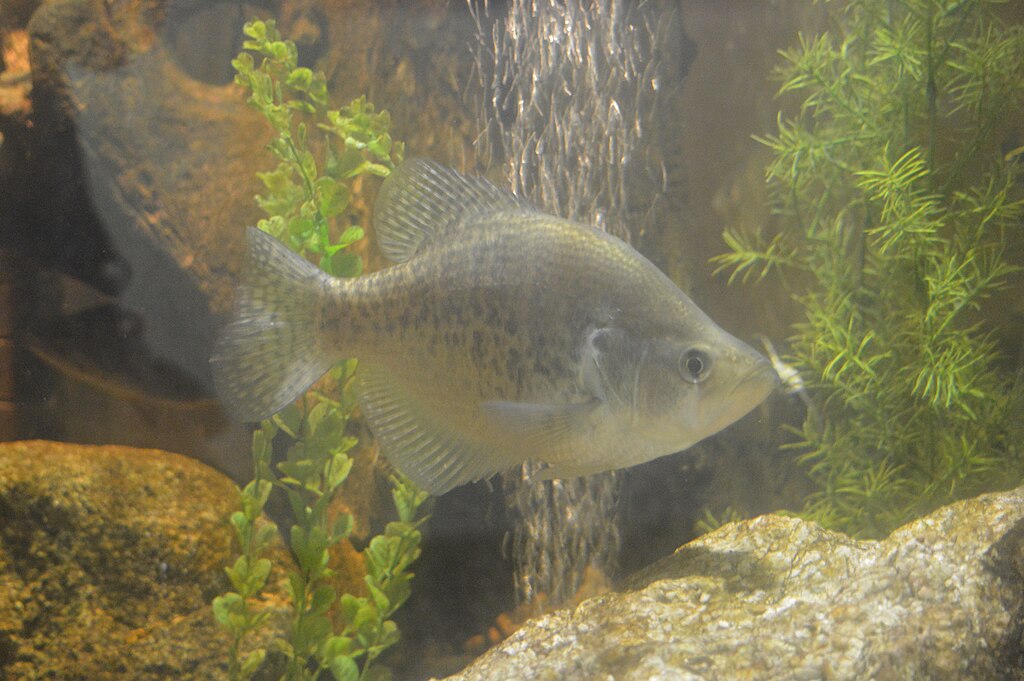
The Southeast boasts some of America’s finest crappie fisheries, with legendary lakes dotting states from Virginia to Florida and west to Texas. Reservoirs like Grenada Lake in Mississippi, Lake Okeechobee in Florida, Santee Cooper in South Carolina, and Kentucky Lake along the Tennessee-Kentucky border consistently produce trophy-class crappie during early spring. Smaller impoundments can be equally productive, often warming more quickly than larger bodies of water. Rivers and their backwater systems, particularly along the Mississippi River drainage, provide outstanding early spring opportunities as crappie stage near spawning areas. When selecting a destination, look for waters with a history of strong crappie reproduction, abundant structure, and a mix of depths that provide fish with various options as conditions change.
The Perfect Timing Window
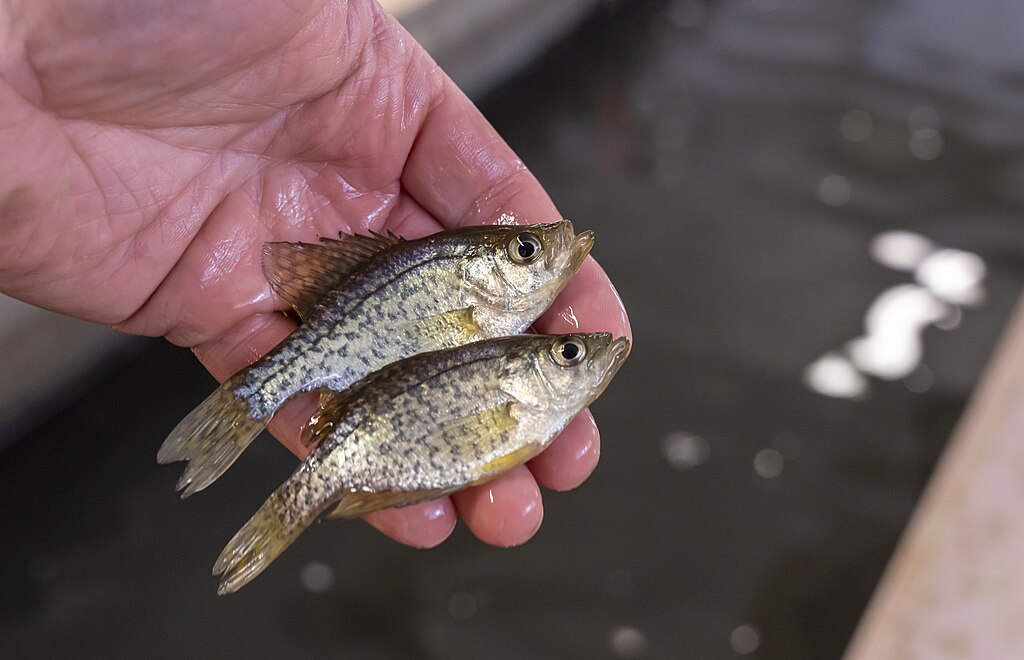
While “early spring” broadly defines our target period, pinpointing the optimal weeks requires attention to several factors. Water temperature serves as the primary trigger, with the 52-62 degree range typically marking the pre-spawn period when crappie are actively feeding and gathering near spawning areas. In the southern reaches of the Southeast, this may occur as early as February, while more northern states might not see ideal conditions until March or early April. Weather stability plays a crucial role as well – look for periods of consistent temperatures without major cold fronts, which can push crappie back to deeper water. Many experienced anglers pay close attention to moon phases, with the days leading up to full and new moons often coinciding with increased crappie activity as they prepare for spawning.
Essential Gear for Spring Crappie Success
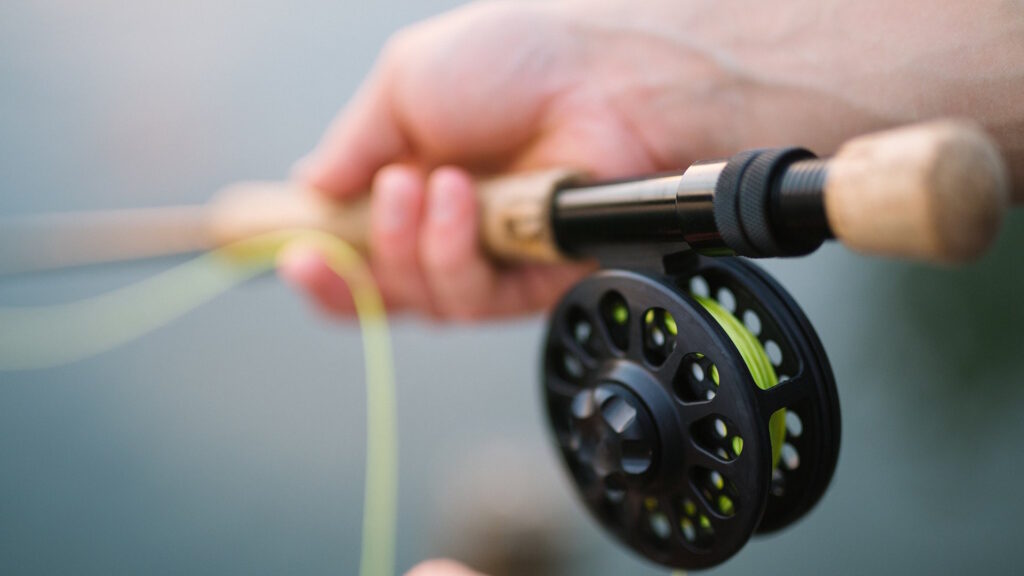
Light tackle dominates the spring crappie scene, with specialized equipment making your time on the water more productive. Ultra-light to light-action rods in the 6-10 foot range offer the sensitivity needed to detect subtle bites while providing enough backbone to handle larger specimens. Many southeastern crappie specialists prefer longer rods (8-10 feet) for vertical jigging or when shooting docks, while shorter versions work well when casting or fishing in tight quarters. Reels spooled with 4-6 pound test monofilament or fluorocarbon provide adequate strength while maintaining lure action and preventing line visibility. For electronics, modern fishing has been revolutionized by high-definition sonar and imaging systems that allow anglers to identify crappie-holding structure and sometimes even see individual fish relating to that structure – a significant advantage during the pre-spawn period.
Lure Selection for Pre-Spawn Slabs

While live minnows remain a staple for many southeastern crappie anglers, artificial lures offer versatility and efficiency during early spring. Small jigs in the 1/16 to 1/32 ounce range represent the foundation of most artificial presentations, with tube jigs, curly-tail grubs, and marabou options all producing consistent results. Color selection often depends on water clarity – in stained water, bright colors like chartreuse, orange, and pink grab attention, while clearer conditions typically call for more subtle whites, silvers, and translucent patterns. Many successful anglers employ the “match the hatch” principle, selecting lures that mimic the predominant baitfish in the system, often shad or small minnows. Scented plastics have gained popularity in recent years, adding another dimension to artificial presentations by appealing to crappie’s sense of smell as well as sight.
Targeting Transitional Structure
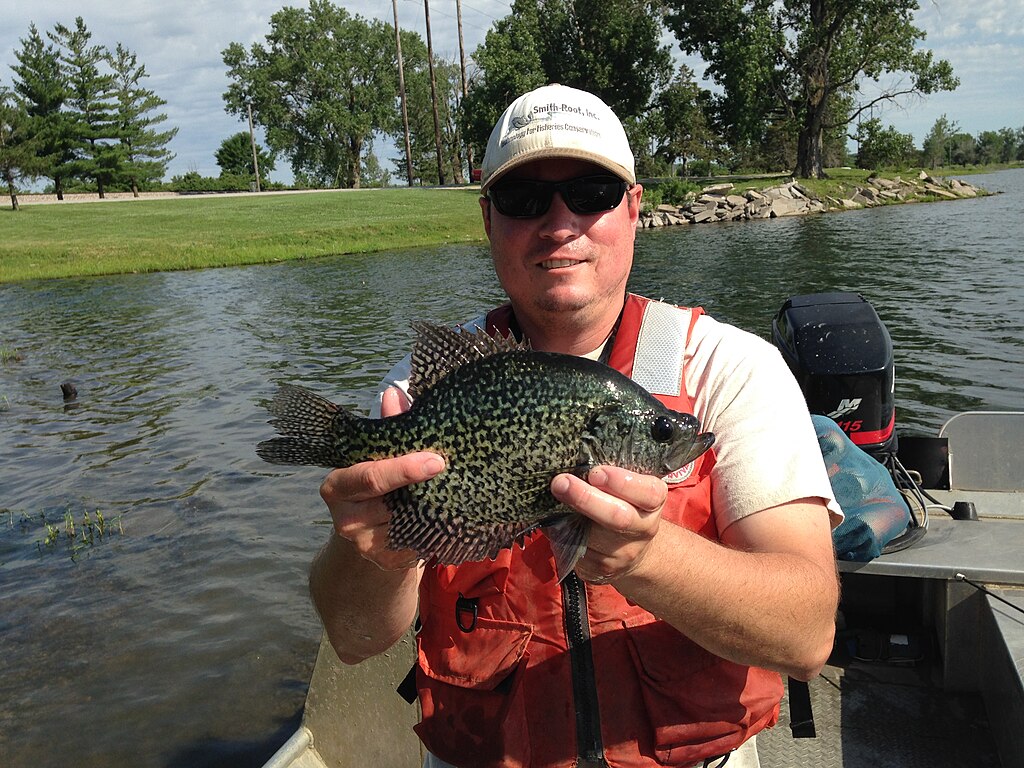
Early spring crappie relate strongly to specific types of structure as they transition from winter patterns to spawning areas. Creek channels, river bends, and submerged roadbeds serve as highways for migrating fish, particularly where these features intersect with potential spawning flats. Submerged brush piles positioned near these transition routes act as magnets for crappie seeking cover and ambush points. Standing timber, especially in the backs of creeks and coves that will later become spawning grounds, holds fish as they stage before moving shallower. Many southeastern reservoirs feature stump fields or flooded timber that provide vertical structure for suspended crappie, allowing them to adjust their depth easily as conditions change. Bridge pilings, particularly those spanning creek channels, create current breaks and vertical structure that crappie find irresistible during their spring movements.
Mastering the Spider Rigging Technique
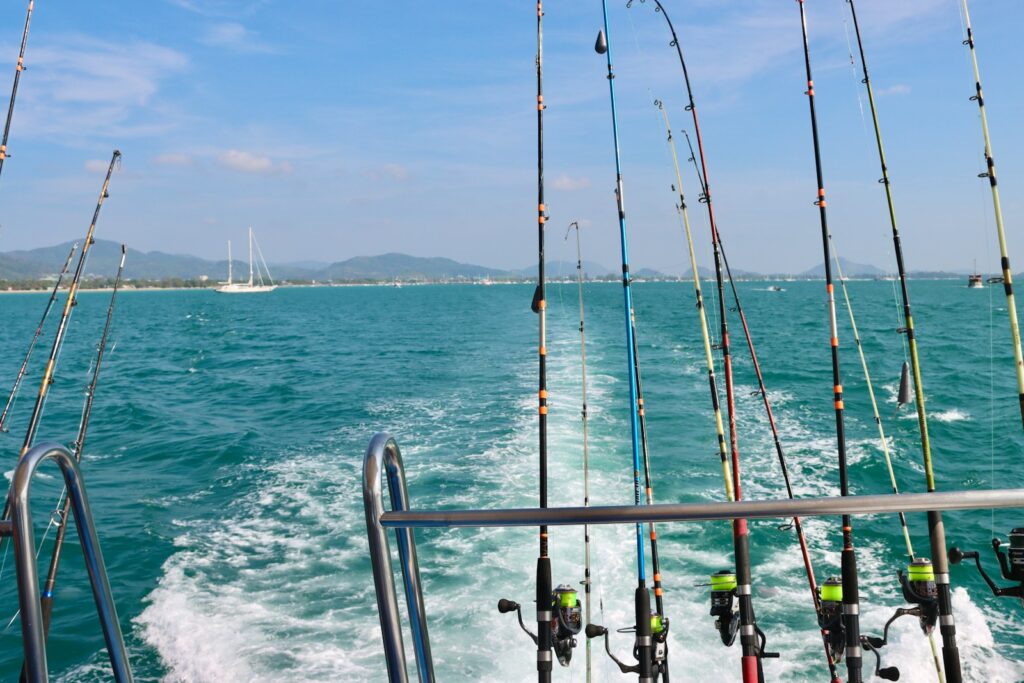
Spider rigging, a technique that originated in the Southeast, has become synonymous with serious crappie fishing across the region. This method involves deploying multiple rods (sometimes 8-10) from specialized rod holders on the bow of the boat, creating a fan-like spread of baits at various depths. Anglers slowly push these presentations through productive areas using a trolling motor, effectively covering water while maintaining precise depth control. The key to successful spider rigging lies in subtle speed adjustments (typically 0.5-1 mph) and experimenting with different depths until you locate actively feeding fish. Most practitioners use double-minnow rigs or jig-and-minnow combinations to increase their odds, with different colors and styles on each rod until patterns emerge. While equipment-intensive, this technique allows anglers to thoroughly explore large areas of transitional water where pre-spawn crappie may be scattered.
The Art of Dock Shooting

Southeastern lakes often feature extensive dock systems that provide perfect cover for crappie moving toward spawning areas in early spring. “Shooting docks” has evolved into a specialized technique for accessing fish holding tight to these man-made structures. The method involves holding the jig between your thumb and forefinger, bending the rod like a bow, and releasing the jig to send it skipping far under docks where conventional casts can’t reach. Focus on docks near deeper water early in the season, especially those with brush or other structure placed beneath them by dock owners looking to attract fish. Metal docks often warm faster than wooden ones, sometimes holding fish earlier in the season. The most productive docks typically feature vertical posts extending into deeper water, providing crappie with vertical structure they can use to adjust their position as conditions change throughout the day.
Vertical Jigging for Suspended Fish

When southeastern crappie suspend at specific depths around distinct structures, few techniques prove more effective than vertical jigging. This direct approach involves positioning directly over fish-holding cover and presenting jigs or minnows at the precise depth where crappie are holding. Modern electronics make this approach more efficient than ever, allowing anglers to identify not only structure but often the exact position of fish schools. The technique requires subtle rod movements – slight lifts and falls rather than aggressive jigging – that impart a natural, enticing action to your bait. Many successful vertical jiggers employ what they call “dead-sticking,” holding the jig motionless at the target depth and allowing only subtle movements from wind or water current to create the action. This approach excels when targeting crappie around bridge pilings, flooded timber, or suspended over deeper structure during early spring cold fronts.
Adapting to Weather Fluctuations
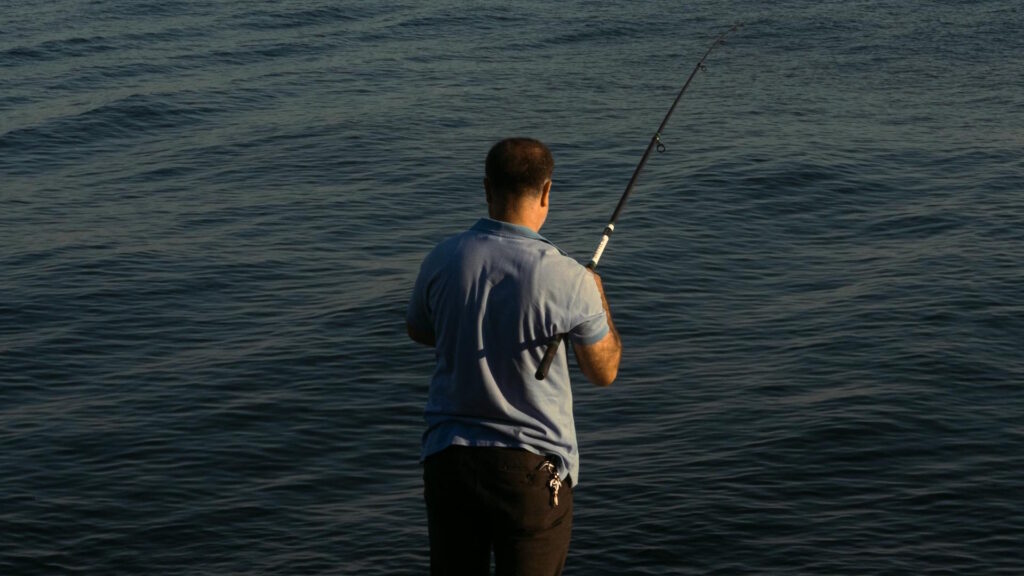
Early spring in the Southeast often brings volatile weather patterns that can dramatically affect crappie behavior from one day to the next. Cold fronts, in particular, can send pre-spawn crappie retreating to deeper water or closer to cover, requiring anglers to slow their presentations and focus on more protected areas. Warming trends have the opposite effect, often accelerating fish movement toward spawning areas and increasing their feeding activity. Wind direction plays a significant role as well, with south and southwest winds typically improving conditions while north winds often coincide with challenging fishing. Barometric pressure affects crappie feeding activity significantly, with stable or gradually falling pressure generally producing better results than the rising pressure that follows cold fronts. Successful early spring crappie anglers remain flexible, carrying multiple rod-and-reel combinations rigged for different presentations to adapt quickly as conditions change.
Understanding Regional Variations

While general early spring patterns apply throughout the Southeast, regional differences significantly impact successful approaches. Florida’s shallow, vegetation-rich lakes often see crappie moving into lily pad fields and reed edges earlier than in other states, with spawning sometimes beginning in January in the peninsula’s southern reaches. The Tennessee Valley’s numerous reservoirs typically feature more defined creek channels and deeper structure, with crappie relating strongly to these features before shallow spawning movements. Mississippi’s legendary crappie factories like Grenada and Sardis feature extensive shallow flats that warm quickly, drawing fish up from winter depths sometimes in massive numbers when conditions align perfectly. Texas reservoirs often feature standing timber and brush in deeper water, creating ideal staging areas before the spawn. Understanding these regional characteristics helps anglers adjust their approach when traveling to different southeastern waters.
Conservation Considerations for Sustainable Fishing

The popularity of early spring crappie fishing places significant pressure on these fisheries, making conservation awareness essential for maintaining quality opportunities. Many southeastern states have implemented specific crappie regulations, including daily limits, size restrictions, and in some cases, reduced limits during spawning periods. Proper handling techniques become especially important when water temperatures rise and fish prepare to spawn – use wet hands when handling crappie, minimize their time out of water, and consider using barbless hooks for easier releases when practicing catch-and-release. Some progressive crappie anglers have embraced selective harvest, keeping only mid-sized fish for the table while releasing both the smaller fish (future spawners) and trophy specimens (prime breeding stock). Supporting local conservation efforts, such as habitat improvement projects that enhance crappie spawning areas, helps ensure these fisheries remain productive for future generations.
Planning Your Early Spring Crappie Adventure
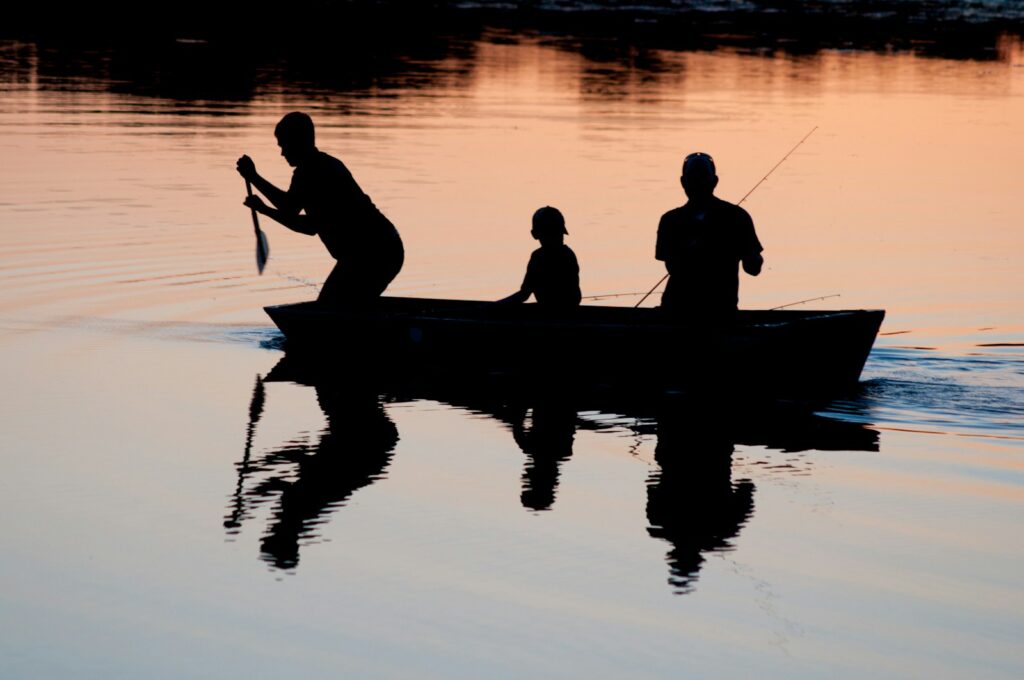
A successful early spring crappie trip in the Southeast requires thoughtful planning beyond just fishing tactics. Consider booking guide services for your first day on unfamiliar waters – local experts can dramatically accelerate your learning curve and often provide insights about seasonal patterns specific to that fishery. Many southeastern reservoirs feature excellent public access, but launching areas can become congested during prime crappie seasons, making early arrivals advisable. Accommodations near popular crappie destinations often fill quickly during peak seasons, so reservations are recommended, particularly around weekends. Weather contingency plans are essential given spring’s unpredictability – having nearby alternative waters with different characteristics provides options when your primary destination becomes unfishable due to conditions. Finally, proper fish care equipment (live wells, coolers, ice) ensures your catch remains in prime condition until you’re ready to clean and prepare your delicious reward.
Conclusion
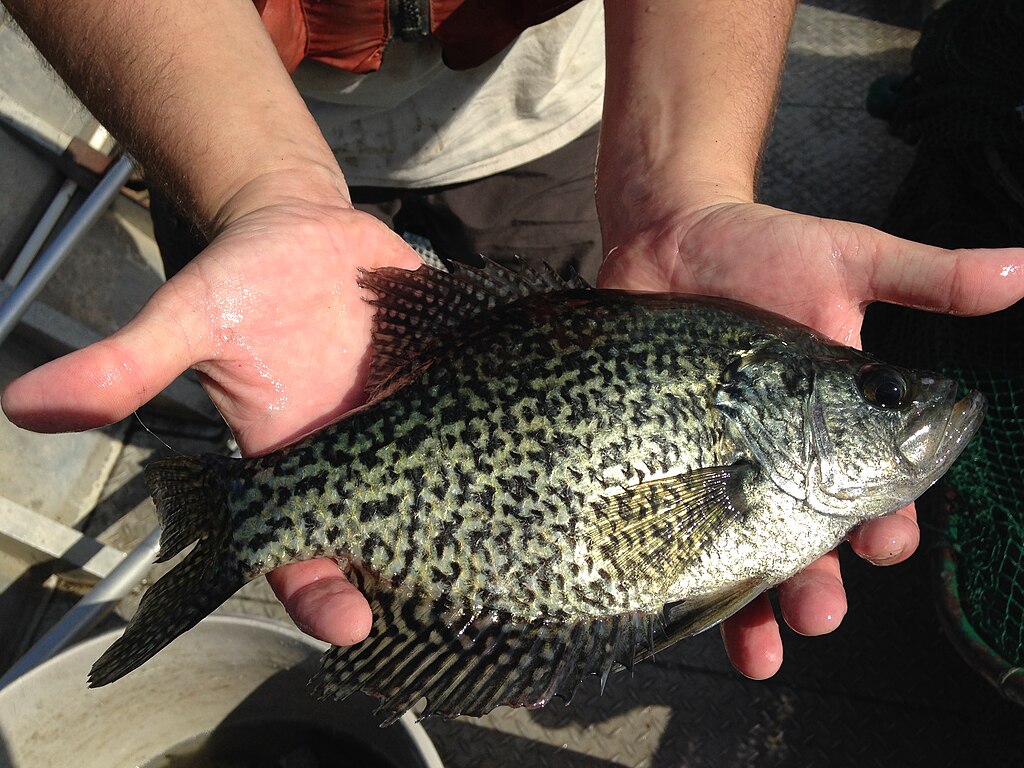
Early spring offers a magical window for crappie fishing across the Southeast, combining increasing fish activity with the anticipation of the season’s first major fishing success. By understanding the transitional patterns of these popular gamefish, selecting appropriate gear and techniques, and remaining adaptable to changing conditions, anglers can experience some of the year’s most productive and enjoyable fishing. Whether you’re a seasoned crappie specialist or a newcomer to the pursuit of these speckled panfish, the southeastern waters teeming with pre-spawn crappie provide the perfect opportunity to shake off winter’s cabin fever and reconnect with the outdoors. The traditions, techniques, and community surrounding southeastern crappie fishing continue to evolve while maintaining their deep cultural roots, creating an experience that transcends merely catching fish to become a celebrated seasonal ritual.


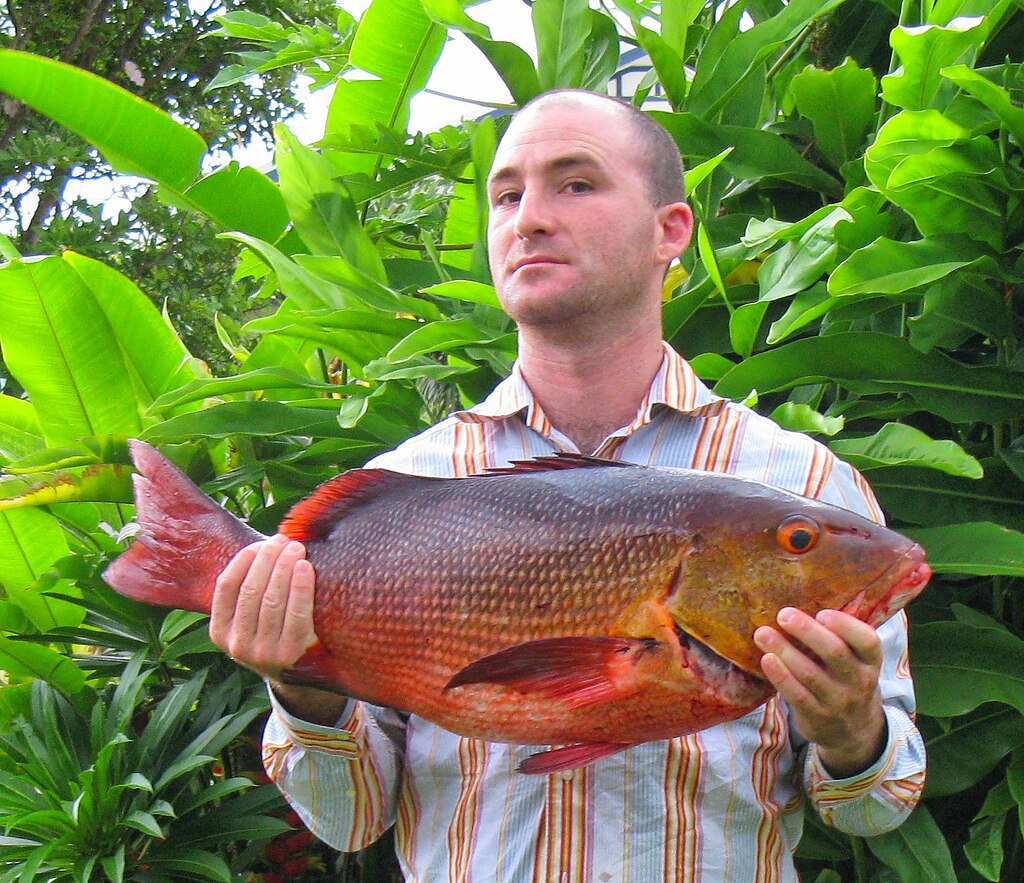











Post Comment